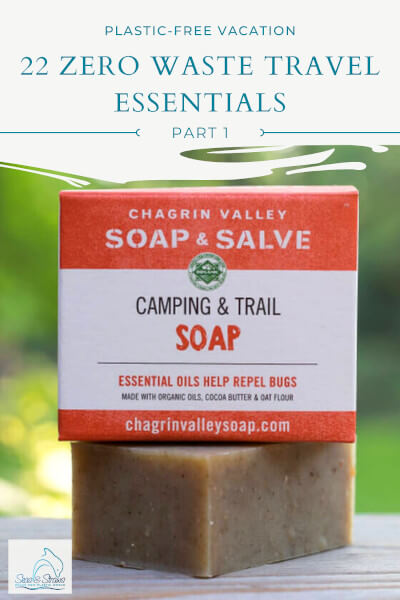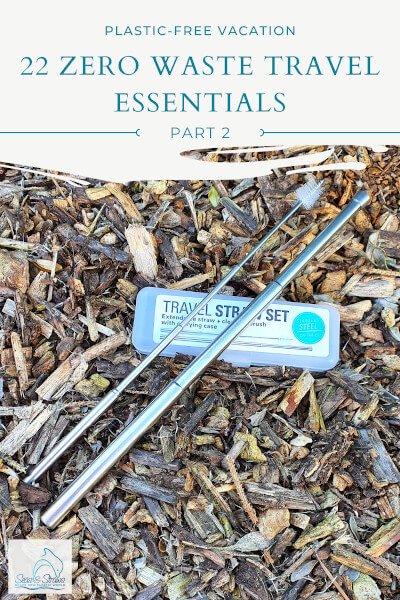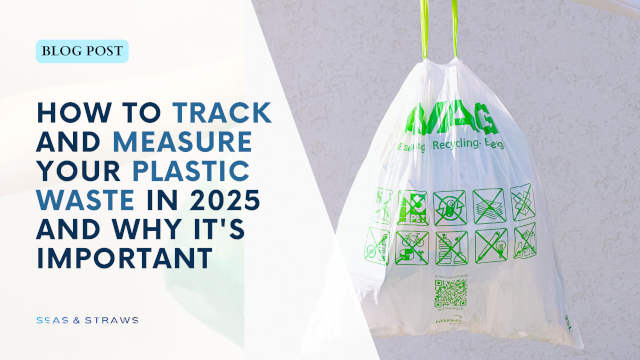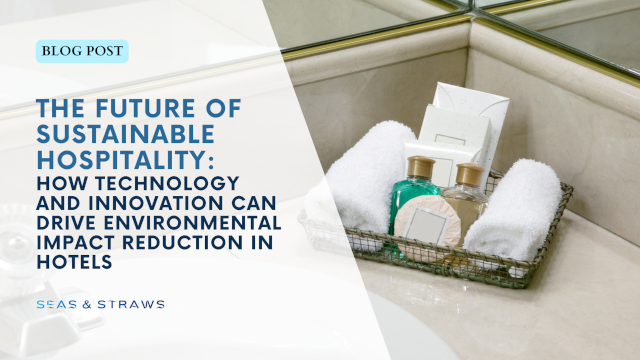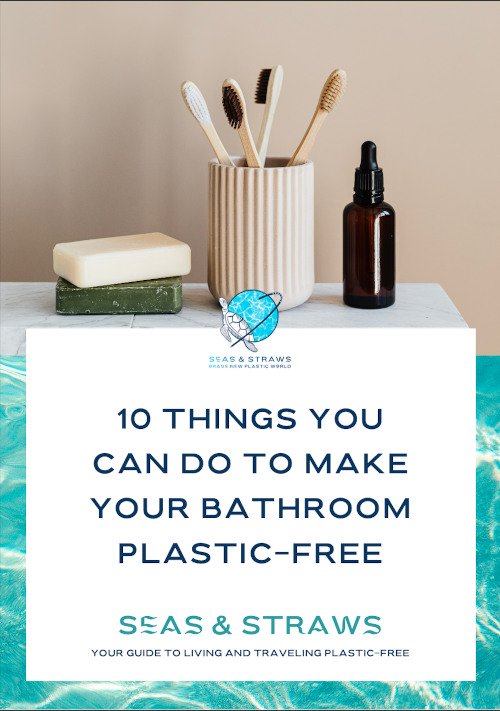- Home
- Sustainable Travel
- Zero Waste Travel Essentials
- Reef-Safe Sunscreen
The Ultimate Guide to Reef-Safe Sunscreen for Eco-Conscious Sun Protection
Picture this: you're on a dreamy beach vacation, the sun kissing your skin as you bathe in the crystal-clear waters. But hold on, are you sure your sunscreen isn't secretly sabotaging the vibrant marine life below the surface?
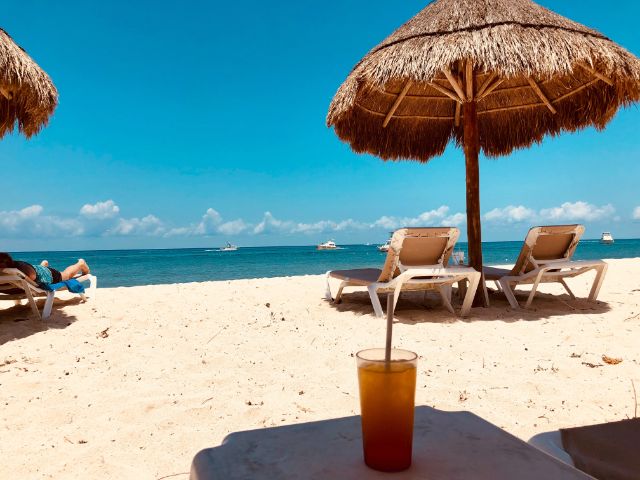 Is your sunscreen harming marine life?
Is your sunscreen harming marine life?No need to worry! In this blog post, we'll take a closer look at reef-safe sunscreen and learn why it is a better eco-conscious choice, and discover a DIY recipe you would like to try on your next beach trip. Let’s dive in!
Why are Traditional Sunscreens Harmful to our Oceans?
While conventional sunscreens are meant to protect our skin from the sun, they often come packed with a hidden villain – toxic chemicals that harm the marine ecosystems. Here's why these sunscreens can damage our oceans:
Coral Catastrophe: Did you know that coral reefs are like rainforests of the sea? They are incredibly diverse and important ecosystems that provide a habitat for countless marine species. However, these underwater worlds are facing a serious crisis. It's estimated that around 14,000 tons of sunscreen seep into these habitats each year, damaging the overall health of our oceans. The chemicals commonly found in traditional sunscreens, such as oxybenzone and octinoxate, have been linked to coral bleaching. Sadly, this means that these vital ecosystems are in danger of dying off due to the disruption of their relationship with algae.
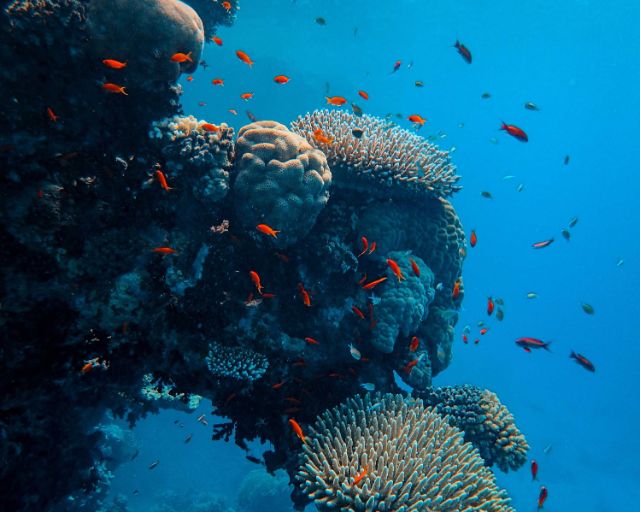 Conventional sunscreens contain chemicals that harm coral reefs.
Conventional sunscreens contain chemicals that harm coral reefs.Marine Toxicity: When you take a dip in the ocean, the chemicals from your sunscreen don't just disappear. They leach into the water, contributing to water pollution that can harm marine life. Fish and other aquatic organisms may ingest these chemicals, leading to disruptions in their hormones and reproduction
Going Up the Food Chain: Sunscreen chemicals get eaten by tiny creatures, which then get eaten by bigger ones. This means that the harmful substances in the chemicals get more concentrated as they move up the food chain. This harms larger predators and has a ripple effect on the whole ecosystem.
Waves of Pollution: In addition to their effects on marine life, traditional sunscreens often lead to water pollution, which degrades water quality, harms aquatic ecosystems, and disrupts the balance of coastal environments.
Reef-Safe Sunscreen as a Better Choice
Here's the good news: you don't have to sacrifice your sun-soaked adventures to protect the ocean. Reef-safe sunscreens might be the solution you're looking for.
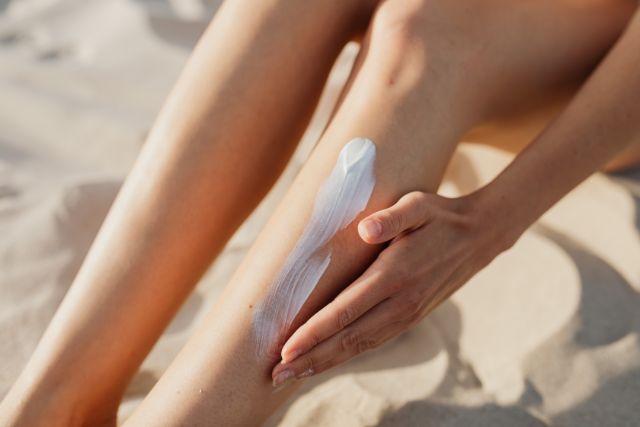 Reef-safe sunscreen is not only safe for the ocean but also much more healthy for your skin.
Reef-safe sunscreen is not only safe for the ocean but also much more healthy for your skin.Reef-safe sunscreens are formulated without harmful chemicals like oxybenzone and octinoxate, making them a safer choice for our oceans. Instead, they rely on mineral-based ingredients like zinc oxide and titanium dioxide to provide sun protection. These minerals create a physical barrier on the skin that reflects and scatters UV rays, effectively shielding our skin without releasing harmful compounds into the water.
DIY Reef-Safe Sunscreen
Here's a simple DIY reef-safe sunscreen recipe you can prepare at home:
Ingredients:
- 1/2 cup almond or olive oil (natural SPF booster and moisturizer)
- 1/4 cup coconut oil (natural SPF booster and moisturizer)
- 1/4 cup beeswax pellets (creates a water-resistant barrier)
- 2tbsp shea butter (moisturizing and helps create a protective barrier)
- 2tbsp non-nano zinc oxide powder (provides sun protection)
- 1tbsp red raspberry seed oil (natural SPF and antioxidant)
- 1tbsp carrot seed oil (natural SPF and skin-soothing)
Optional:
Essential oils (avoid using citrus oils as they can increase sun sensitivity)
Instructions:
- In a double boiler, combine all the ingredients except zinc oxide and melt them altogether.
- Once melted, remove from heat and let it cool slightly before adding the zinc oxide. Note: It's essential to wear a mask to avoid inhaling the fine zinc oxide particles.
- Carefully stir in the zinc oxide, making sure there are no clumps.
- Pour the mixture into a clean, empty container, like a small glass jar.
- Let it cool and solidify for a few hours.
- Voilà! Your very own reef-safe sunscreen is ready for action.
Usage:
Reapply every 2 hours or after swimming, sweating, or towel-drying.
Tips and Considerations:
- Testing: Before using the sunscreen on a large area of skin, perform a patch test to ensure you're not sensitive or allergic to any of the ingredients.
- Storage: Store your DIY sunscreen in a cool, dry place, away from direct sunlight. Use it within a few months to ensure its efficacy.
- Coverage: While this DIY sunscreen offers protection, remember that no sunscreen provides 100% coverage. It's still important to seek shade, wear protective clothing, and practice sun-safe behaviors.
- Non-Nano Zinc Oxide: Ensure you're using non-nano zinc oxide to prevent the risk of inhaling nano-sized particles, which can be harmful when airborne.
Remember: Homemade sunscreens might not have the same level of testing and certification as commercial products. It is recommended to consult your doctor before trying or using any new products.
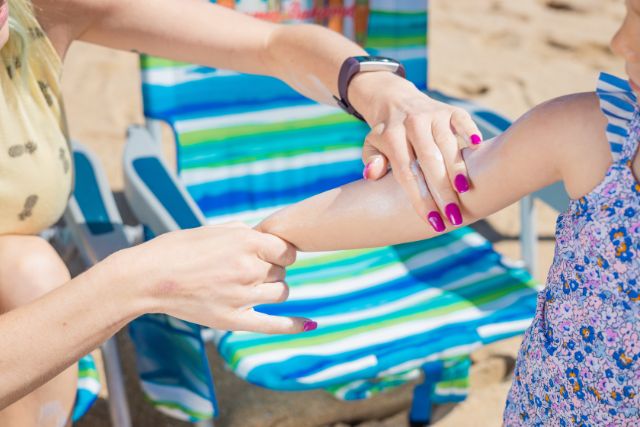 Test your new sunscreen before applying it in your holidays
Test your new sunscreen before applying it in your holidaysChoosing reef-safe sunscreen is not just about taking care of our skin, but also about making a conscious decision to protect our oceans. By being informed and encouraging others to do the same, we can contribute to healing our planet. So, when you go to the beach, whether you're swimming, surfing, or sunbathing, remember to use reef-safe sunscreen and join the movement to protect our oceans and their incredible creatures.

